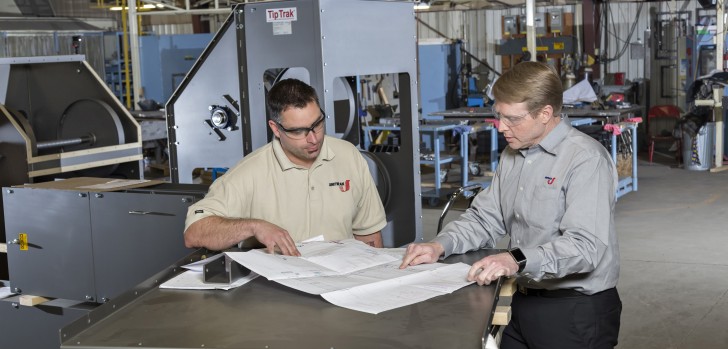Sand
Sand, a granular material primarily composed of finely divided rock and mineral particles, is one of the most ubiquitous substances on Earth. Its diverse applications across various industries make it a vital commodity in construction, manufacturing, agriculture, and beyond. However, handling sand efficiently poses unique challenges due to its granular nature, abrasiveness, and variable particle size distribution.
At a Glance
Sand is defined as granular material with particle sizes ranging from 0.0625 millimeters to 2 millimeters in diameter. It is formed through the natural process of weathering and erosion of rocks, such as quartz, limestone, granite, and shale. Sand can be found in various environments, including beaches, deserts, riverbeds, and dunes.
Characteristics
Sand exhibits several key characteristics that influence its handling and processing:
- Granularity: Sand consists of discrete particles ranging in size from fine to coarse, with irregular shapes and surface textures.
- Abrasive Nature: The abrasive properties of sand can cause wear and tear on equipment components, leading to maintenance issues and increased downtime.
- Particle Size Distribution: Sand particles vary widely in size distribution, impacting flowability and compaction properties.
- Moisture Content: Moisture content in sand can affect its flowability and cohesive properties, posing challenges during conveying and storage.

Common Uses
Sand finds extensive applications across diverse industries, including:
- Construction: Used as a key ingredient in concrete, mortar, and asphalt mixtures for building infrastructure.
- Manufacturing: Employed in metal casting processes to create molds and cores for shaping metal parts.
- Foundry Operations: Utilized as a refractory material in foundry processes to enhance casting quality and reduce defects.
- Agriculture: Applied in soil amendment and landscaping projects to improve soil structure and drainage.
Sand finds extensive use in construction, manufacturing, agriculture, and recreational activities.
Some common applications include:
- Construction: Sand is a key component in concrete production, mortar, and asphalt mixes, providing strength and stability to structures.
- Foundry Industry: Sand casting, a casting process utilizing sand molds, is widely employed in the manufacturing of metal parts and components.
- Filtration Systems: Sand is used as a filtration medium in water treatment plants and swimming pool filtration systems to remove impurities and particles.
- Landscaping: In landscaping projects, sand is utilized for leveling surfaces, filling gaps between pavers, and creating beach-like aesthetics.
- Sports and Recreation: Sand is essential for creating sports fields, playgrounds, and beaches for activities such as volleyball, golf course bunkers, and sandboxes.

Challenges in Conveying
Conveying sand presents several challenges in bulk material handling:
- Abrasion: The abrasive nature of sand can cause excessive wear on conveyor belts, buckets, and other conveying components.
- Dust Emissions: Handling dry sand can generate airborne dust, leading to environmental concerns and safety hazards.
- Segregation: Differential particle settling during conveying can result in segregation, affecting product quality and consistency.
- Equipment Wear: Traditional conveying systems may experience accelerated wear and maintenance requirements when handling abrasive materials like sand.
- Inert: Sand is chemically inert, making it suitable for use in various applications without causing chemical reactions or contamination.
- Granular Flow: Sand exhibits flow properties that can vary based on moisture content, particle size distribution, and compaction, impacting material handling and conveying processes.
Equipment Options
UniTrak, with its deep expertise in customized bulk material handling solutions, offers several specialized equipment options for conveying sand efficiently:
TipTrak Bucket Elevator
Ideal for vertical conveying of abrasive materials like sand, TipTrak's interlocking bucket design ensures reliable operation and minimized spillage.
UniFlex Flexible Screw Conveyor
Suited for horizontal and inclined conveying of sand, UniFlex features a flexible screw auger design that gently transports materials without degradation.
Powderflight Aeromechanical Conveyor
Designed for high-capacity, dust-free conveying of dry bulk materials, Powderflight offers precise control over material flow and gentle handling of abrasive substances like sand.
Bulk Bag Loader/Unloader
Providing efficient loading and unloading of sand in bulk bags, UniTrak's Bulk Bag Loader/Unloader ensures safe and ergonomic handling while minimizing product loss and contamination.
In conclusion, sand, with its ubiquitous presence and diverse applications, presents unique challenges in bulk material handling due to its abrasive nature and variable characteristics. UniTrak's extensive experience in designing customized conveying solutions enables efficient and reliable handling of sand, mitigating operational challenges and maximizing productivity. Whether it's vertical, horizontal, or inclined conveying, UniTrak offers a range of specialized equipment options tailored to the specific needs of handling sand and other complex materials, reaffirming its position as a trusted partner in bulk material handling solutions.
